The Impact Factors and Management Policy of Digital Village Development: A Case Study of Gansu Province, China
Abstract
1. Introduction
2. Literature Review
2.1. Theoretical Research
2.2. Technical Research
2.3. Policy and Planning Research
2.4. Research Gaps Analysis
3. Materials and Methods
3.1. Study Area: Gansu Province
3.2. Research Question, Steps and Methods
3.2.1. Performance Evaluation and Spatial Characteristics of Digital Village Development
3.2.2. Influencing Factors and Impact Mechanism of Digital Village Development
3.2.3. Management Zoning and Policy Design of Digital Village Development
3.3. Indicator Selection and Data Sources
4. Results
4.1. Performance Evaluation and Spatial Effect
4.1.1. Village Digitalization Index
4.1.2. Village Facilities Digitalization Index
4.1.3. Village Economy Digitalization Index
4.1.4. Village Management Digitalization Index
4.2. Influencing Factors and Impact Mechanism
4.2.1. Influence of Factors: Factor Detector
4.2.2. Interaction of Factors: Interaction Detector
4.3. Management Zoning and Policy Design
4.3.1. Spatial Zoning Planning
4.3.2. Differentiation Policy Design
- Important Demonstration Zoning: Shaping Leadership
- 2.
- Characteristic Exploration Zoning: Highlight Specialty
- 3.
- Moderate Development Zoning: Enhancing Foundation
5. Discussion
5.1. Development Characteristics
5.2. Dynamic Analysis
5.3. Governance Enlightenment
6. Conclusions
Author Contributions
Funding
Institutional Review Board Statement
Informed Consent Statement
Data Availability Statement
Conflicts of Interest
References
- Bakker, K.; Ritts, M. Smart Earth: A meta-review and implications for environmental governance. Glob. Environ. Chang. -Hum. Policy Dimens. 2018, 52, 201–211. [Google Scholar] [CrossRef]
- Li, D.R.; Yao, Y.; Shao, Z.F.; Wang, L. From digital Earth to smart Earth. Chin. Sci. Bull. 2014, 59, 722–733. [Google Scholar] [CrossRef]
- Shuldiner, A. The Smart Village. IEEE Pervasive Comput. 2020, 19, 83–86. [Google Scholar] [CrossRef]
- Chenic, A.S.; Cretu, A.I.; Burlacu, A.; Moroianu, N.; Virjan, D.; Huru, D.; Stanef-Puica, M.R.; Enachescu, V. Logical Analysis on the Strategy for a Sustainable Transition of the World to Green Energy-2050. Smart Cities and Villages Coupled to Renewable Energy Sources with Low Carbon Footprint. Sustainability 2022, 14, 8622. [Google Scholar] [CrossRef]
- Wang, Q.; Luo, S.X.; Zhang, J.; Furuya, K. Increased Attention to Smart Development in Rural Areas: A Scientometric Analysis of Smart Village Research. Land 2022, 11, 1362. [Google Scholar] [CrossRef]
- Ha, B.H.; Kim, Y.S.; Kim, P.W. Image super-resolution for heterogeneous embedded smart devices and displays in smart global village. Sustain. Cities Soc. 2019, 47, 101496. [Google Scholar] [CrossRef]
- Malik, P.K.; Singh, R.; Gehlot, A.; Akram, S.V.; Das, P.K. Village 4.0: Digitalization of village with smart internet of things technologies. Comput. Ind. Eng. 2022, 165, 107938. [Google Scholar] [CrossRef]
- Gao, F.; Wang, J. International experience and enlightenment of digital rural construction. Jiangsu Agric. Sci. 2021, 49, 1–8. [Google Scholar] [CrossRef]
- Komorowski, L.; Stanny, M. Smart Villages: Where Can They Happen? Land 2020, 9, 151. [Google Scholar] [CrossRef]
- Visvizi, A.; Lytras, M.D. It’s Not a Fad: Smart Cities and Smart Villages Research in European and Global Contexts. Sustainability 2018, 10, 2727. [Google Scholar] [CrossRef]
- Xing, Z.J. The National Logic of Digital Rural Construction. J. Jishou Univ. (Soc. Sci.) 2021, 42, 58–68. [Google Scholar] [CrossRef]
- Schmidt, H. Digital’nye dereveniki/digital villagers: Russian online projects from the countryside. Stud. East Eur. Thought 2011, 63, 95–109. [Google Scholar] [CrossRef]
- Naldi, L.; Nilsson, P.; Westlund, H.; Wixe, S. What is smart rural development? J. Rural Stud. 2015, 40, 90–101. [Google Scholar] [CrossRef]
- Wang, Z.K.; Li, X.Q. Research on the Practice and Innovation of Smart Villages Under the Background of Rural Vitalization Based on Ecological Theory. Fresenius Environ. Bull. 2021, 30, 9084–9090. [Google Scholar]
- Satola, L.; Milewska, A. The Concept of a Smart Village as an Innovative Way of Implementing Public Tasks in the Era of Instability on the Energy Market-Examples from Poland. Energies 2022, 15, 5175. [Google Scholar] [CrossRef]
- Budziewicz-Guzlecka, A.; Drozdz, W. Development and Implementation of the Smart Village Concept as a Challenge for the Modern Power Industry on the Example of Poland. Energies 2022, 15, 603. [Google Scholar] [CrossRef]
- Ciolac, R.; Iancu, T.; Popescu, G.; Adamov, T.; Feher, A.; Stanciu, S. Smart Tourist Village-An Entrepreneurial Necessity for Maramures Rural Area. Sustainability 2022, 14, 8914. [Google Scholar] [CrossRef]
- Leong, C.; Pan, S.L.; Newell, S.; Cui, L.L. The Emergence of Self-Organizing E-Commerce Ecosystems in Remote Villages of China: A Tale of Digital Empowerment for Rural Development. MIS Q. 2016, 40, 475–484. [Google Scholar] [CrossRef]
- Hu, X.Q. Optimization of Rural Smart Tourism Service Model with Internet of Things. Secur. Commun. Netw. 2022, 2022, 6004728. [Google Scholar] [CrossRef]
- Li, H. Study on the Development Model of Rural Smart Tourism Based on the Background of Internet of Things. Wirel. Commun. Mob. Comput. 2022, 2022, 9688023. [Google Scholar] [CrossRef]
- Ho, W.S.; Hashim, H.; Lim, J.S. Integrated biomass and solar town concept for a smart eco-village in Iskandar Malaysia (IM). Renew. Energy 2014, 69, 190–201. [Google Scholar] [CrossRef]
- Huang, Z.M.; Liang, Y.M. Digital protection and inheritance of ancient villages in southwest minority areas under the strategy of rural revitalization. Technol. Forecast. Soc. Chang. 2020, 160, 120238. [Google Scholar] [CrossRef]
- Qi, T.J.; Ma, L.Q.; Zhou, W.H.; Dai, L.X. Traditional village digital archival conservation: A case study from Gaoqian, China. Arch. Rec.-J. Arch. Rec. Assoc. 2022. [Google Scholar] [CrossRef]
- Ogryzek, M.; Krupowicz, W.; Sajnog, N. Public Participation as a Tool for Solving Socio-Spatial Conflicts of Smart Cities and Smart Villages in the Sustainable Transport System. Remote Sens. 2022, 13, 4821. [Google Scholar] [CrossRef]
- Mounce, R.; Beecroft, M.; Nelson, J.D. On the role of frameworks and smart mobility in addressing the rural mobility problem. Res. Transp. Econ. 2020, 83, 100956. [Google Scholar] [CrossRef]
- Francini, M.; Chieffallo, L.; Palermo, A.; Viapiana, M.F. Estimation of the Smart Land Index: Application to the rural context of the Crati Valley. Eur. Plan. Stud. 2020, 28, 749–770. [Google Scholar] [CrossRef]
- Girbau-Llistuella, F.; Diaz-Gonzalez, F.; Sumper, A.; Gallart-Fernandez, R.; Heredero-Peris, D. Smart Grid Architecture for Rural Distribution Networks: Application to a Spanish Pilot Network. Energies 2018, 11, 844. [Google Scholar] [CrossRef]
- Gaggero, G.B.; Marchese, M.; Moheddine, A.; Patrone, F. A Possible Smart Metering System Evolution for Rural and Remote Areas Employing Unmanned Aerial Vehicles and Internet of Things in Smart Grids. Sensors 2021, 21, 1627. [Google Scholar] [CrossRef]
- Dai, W.S. Rural Financial Information Service Platform Under Smart Financial Environment. IEEE Access 2020, 8, 199944–199952. [Google Scholar] [CrossRef]
- Wu, Y.L.; Ma, W.Y. Rural Workplace Sustainable Development of Smart Rural Governance Workplace Platform for Efficient Enterprise Performances. J. Environ. Public Health 2022, 2022, 1588638. [Google Scholar] [CrossRef]
- Murty, V.K.; Shankar, S.S. Towards a Scalable Architecture for Smart Villages: The Discovery Phase. Sustainability 2020, 12, 7580. [Google Scholar] [CrossRef]
- Irwansyah. The social contractual utilitarianism of a digital village in rural Indonesia. Technol. Soc. 2021, 63, 101354. [Google Scholar] [CrossRef]
- Kaur, P.; Parashar, A. A Systematic Literature Review of Blockchain Technology for Smart Villages. Arch. Comput. Methods Eng. 2021, 29, 2417–2468. [Google Scholar] [CrossRef] [PubMed]
- Ram, S.K.; Das, B.B.; Mahapatra, K.; Mohanty, S.P.; Choppali, U. Energy Perspectives in IoT Driven Smart Villages and Smart Cities. IEEE Consum. Electron. Mag. 2021, 10, 19–28. [Google Scholar] [CrossRef]
- Cvar, N.; Trilar, J.; Kos, A.; Volk, M.; Duh, E.S. The Use of IoT Technology in Smart Cities and Smart Villages: Similarities, Differences, and Future Prospects. Sensors 2020, 20, 3897. [Google Scholar] [CrossRef]
- Flores-Martin, D.; Rojo, J.; Moguel, E.; Berrocal, J.; Murillo, J.M. Smart Nursing Homes: Self-Management Architecture Based on IoT and Machine Learning for Rural Areas. Wirel. Commun. Mob. Comput. 2021, 2021, 8874988. [Google Scholar] [CrossRef]
- Huang, R.L. Construction of Rural Governance Digital Driven by Artificial Intelligence and Big Data. Math. Probl. Eng. 2022, 2022, 8145913. [Google Scholar] [CrossRef]
- Wu, Y.Z. The Path of Agricultural Policy Finance in Smart Service for Rural Revitalization under Big Data Technology. Mob. Inf. Syst. 2022, 2022, 9113683. [Google Scholar] [CrossRef]
- Stojanova, S.; Lentini, G.; Niederer, P.; Egger, T.; Cvar, N.; Kos, A.; Duh, E.S. Smart Villages Policies: Past, Present and Future. Sustainability 2021, 13, 1663. [Google Scholar] [CrossRef]
- Randell-Moon, H.E.K.; Hynes, D. ‘Too smart’: Infrastructuring the Internet through regional and rural smart policy in Australia. Policy Internet 2022, 14, 151–169. [Google Scholar] [CrossRef]
- McGuire, R.; Longo, A.; Sherry, E. Tackling poverty and social isolation using a smart rural development initiative. J. Rural Stud. 2022, 89, 161–170. [Google Scholar] [CrossRef]
- Zavratnik, V.; Kos, A.; Duh, E.S. Smart Villages: Comprehensive Review of Initiatives and Practices. Sustainability 2018, 10, 2559. [Google Scholar] [CrossRef]
- Wojcik, M.; Dmochowska-Dudek, K.; Tobiasz-Lis, P. Boosting the Potential for GeoDesign: Digitalisation of the System of Spatial Planning as a Trigger for Smart Rural Development. Energies 2021, 14, 3895. [Google Scholar] [CrossRef]
- Bielska, A.; Stanczuk-Galwiaczek, M.; Sobolewska-Mikulska, K.; Mroczkowski, R. Implementation of the smart village concept based on selected spatial patterns-A case study of Mazowieckie Voivodeship in Poland. Land Use Policy 2021, 104, 105366. [Google Scholar] [CrossRef]
- Li, J. Application of Spatial-Temporal Behavioral Trajectory Analysis in the Space Design of Digital Villages. Wirel. Commun. Mob. Comput. 2022, 2022, 2304820. [Google Scholar] [CrossRef]
- Mohanty, S.P. Low-Cost Consumer Technology Can Help to Build Sustainable Smart Villages. IEEE Consum. Electron. Mag. 2021, 10, 4–5. [Google Scholar] [CrossRef]
- Venkatesh, V.; Sykes, T.A. Digital Divide Initiative Success in Developing Countries: A Longitudinal Field Study in a Village in India. Inf. Syst. Res. 2013, 24, 239–260. [Google Scholar] [CrossRef]
- Gerli, P.; Whalley, J. Fibre to the countryside: A comparison of public and community initiatives tackling the rural digital divide in the UK. Telecommun. Policy 2021, 45, 102222. [Google Scholar] [CrossRef]
- Erdiaw-Kwasie, M.O.; Alam, K. Towards understanding digital divide in rural partnerships and development: A framework and evidence from rural Australia. J. Rural Stud. 2016, 43, 214–224. [Google Scholar] [CrossRef]
- Chen, D.Y.; Lin, Z.X.; Lai, F.J. Crossing the Chasm—Understanding China’s Rural Digital Divide. J. Glob. Inf. Technol. Manag. 2010, 13, 4–36. [Google Scholar] [CrossRef]
- Labrianidis, L.; Kalogeressis, T. The Digital Divide in Europe’s Rural Enterprises. Eur. Plan. Stud. 2006, 14, 23–39. [Google Scholar] [CrossRef]
- Maja, P.W.; Meyer, J.; Von Solms, S. Development of Smart Rural Village Indicators in Line with Industry 4.0. IEEE Access 2020, 8, 152017–152033. [Google Scholar] [CrossRef]
- Cui, Q.H.; Wang, G.B. Action mechanism of influential factors on objective performances in smart city construction. J. Tongji Univ. (Nat. Sci.) 2017, 45, 152–158. [Google Scholar] [CrossRef]
- Cui, K.; Feng, X. Research on the indicator system design for rural digital economy from the perspective of digital village construction. Res. Agric. Mod. 2020, 41, 899–909. [Google Scholar] [CrossRef]
- Zhang, P.; Hu, J.; Zhao, K.; Chen, H.; Zhao, S.; Li, W. Dynamics and Decoupling Analysis of Carbon Emissions from Construction Industry in China. Buildings 2022, 12, 257. [Google Scholar] [CrossRef]
- Zhao, S.; Zhao, K.; Zhang, P. Spatial Inequality in China’s Housing Market and the Driving Mechanism. Land 2021, 10, 841. [Google Scholar] [CrossRef]
- Wang, B.; Zhao, J.; Hu, X.F. Analysison trade-offs and synergistic relationships among multiple ecosystem services in the Shiyang River Basin. Acta Ecol. Sin. 2018, 38, 7582–7595. [Google Scholar] [CrossRef]
- Zhao, S.; Zhao, K.; Yan, Y.; Zhu, K.; Guan, C. Spatio-Temporal Evolution Characteristics and Influencing Factors of Urban Service-Industry Land in China. Land 2022, 11, 13. [Google Scholar] [CrossRef]
- Li, W.; Zhang, P.; Zhao, K.; Zhao, S. The Geographical Distribution and Influencing Factors of COVID-19 in China. Trop. Med. Infect. Dis. 2022, 7, 45. [Google Scholar] [CrossRef]
- Wang, J.F.; Xu, C.D. Geodetector: Principle and prospective. Acta Geogr. Sin. 2017, 72, 116–134. [Google Scholar]
- Maimaitijiang, M.; Ghulam, A.; Sandoval, J.S.O.; Maimaitiyiming, M. Drivers of Land Cover and Land Use Changes in St. Louis Metropolitan Area Over the Past 40 Years Characterized by Remote Sensing and Census Population Data. Int. J. Appl. Earth Obs. Geoinf. 2015, 35, 161–174. [Google Scholar] [CrossRef]
- Seya, H.; Tsutsumi, M.; Yamagata, Y. Income convergence in Japan: A Bayesian spatial Durbin model approach. Econ. Model. 2012, 29, 60–71. [Google Scholar] [CrossRef]
- Chen, H.; Zhao, S.; Zhang, P.; Zhou, Y.; Li, K. Dynamics and Driving Mechanism of Real Estate in China’s Small Cities: A Case Study of Gansu Province. Buildings 2022, 12, 1512. [Google Scholar] [CrossRef]
- Wang, J.F.; Li, X.H.; Christakos, G.; Liao, Y.L.; Zhang, T.; Gu, X.; Zheng, X.Y. Geographical detectors-based health risk assessment and its application in the neural tube defects study of the Heshun region, China. Int. J. Geogr. Inf. Sci. 2010, 24, 107–127. [Google Scholar] [CrossRef]
- Ma, Y.; Zhang, P.; Zhao, K.; Zhou, Y.; Zhao, S. A Dynamic Performance and Differentiation Management Policy for Urban Construction Land Use Change in Gansu, China. Land 2022, 11, 942. [Google Scholar] [CrossRef]
- Zhao, S.; Zhang, C.; Qi, J. The Key Factors Driving the Development of New Towns by Mother Cities and Regions: Evidence from China. ISPRS Int. J. Geo-Inf. 2021, 10, 223. [Google Scholar] [CrossRef]
- Zhao, S.; Li, W.; Zhao, K.; Zhang, P. Change Characteristics and Multilevel Influencing Factors of Real Estate Inventory—Case Studies from 35 Key Cities in China. Land 2021, 10, 928. [Google Scholar] [CrossRef]
- Wu, Y. Research on the construction of evaluation index system for digital rural development. Jiangxi J. Agric. 2022, 34, 236–241. [Google Scholar] [CrossRef]
- Zhang, H.; Du, K.W.; Jin, B.Y. Research on Evaluation of Digital Rural Development Readiness under Rural Revitalization Strategy. J. Xi’an Univ. Financ. Econ. 2020, 33, 51–60. [Google Scholar] [CrossRef]
- Liu, L.H.; Zhang, Y.X.; Bi, Y.M. Digital Village Construction Boosts Rural Revitalization: Internal Mechanism and Empirical Test. World Agric. 2022, 520, 51–65. [Google Scholar] [CrossRef]
- Index of Digital Rural County 2020; Digital Village Project of Institute of New Rural Development; Peking University Open Research Data Platform, V1, UNF:6: SURFBGrjqDsPNHAsoV4PjQ==; Peking University: Beijing, China, 2022. [CrossRef]
- Chen, W.; Wang, Q.Z.; Zhou, H. Digital Rural Construction and Farmers’ Income Growth: Theoretical Mechanism and Micro Experience Based on Data from China. Sustainability 2022, 14, 11679. [Google Scholar] [CrossRef]
- Xie, W.S.; Song, D.L.; Bi, Y.F. China’s Digital Village Construction: Internal Mechanism, Cohesion Mechanism, and Practice Path. J. Suzhou Univ. (Philos. Soc. Sci.) 2022, 43, 93–103. [Google Scholar] [CrossRef]
- Xing, Q.F.; Yao, W.Y. Digital governance and its benchmarking college talent training under the rural revitalization in China-A case study of Yixian County (China). Front. Public Health 2022, 10, 984427. [Google Scholar] [CrossRef]
- Xie, F.; Zhang, S.; Zhao, K.; Quan, F. Evolution Mode, Influencing Factors, and Socioeconomic Value of Urban Industrial Land Management in China. Land 2022, 11, 1580. [Google Scholar] [CrossRef]
- Zhang, P.; Li, W.; Zhao, K.; Zhao, S. Spatial Pattern and Driving Mechanism of Urban–Rural Income Gap in Gansu Province of China. Land 2021, 10, 1002. [Google Scholar] [CrossRef]
- Ouyang, D.; Zhu, X.; Liu, X.; He, R.; Wan, Q. Spatial Differentiation and Driving Factor Analysis of Urban Construction Land Change in County-Level City of Guangxi, China. Land 2021, 10, 691. [Google Scholar] [CrossRef]
- Li, L.; Zhao, K.; Wang, X.; Zhao, S.; Liu, X.; Li, W. Spatio-Temporal Evolution and Driving Mechanism of Urbanization in Small Cities: Case Study from Guangxi. Land 2022, 11, 415. [Google Scholar] [CrossRef]
- Zhao, S.; Yan, Y.; Han, J. Industrial Land Change in Chinese Silk Road Cities and Its Influence on Environments. Land 2021, 10, 806. [Google Scholar] [CrossRef]
- Shen, F.W.; Du, F. Governance Limits and Optimization Strategies of Digital Countryside: From the Perspective of Governance Modernization. J. Nanjing Agric. Univ. (Soc. Sci. Ed.) 2022, 22, 134–144. [Google Scholar] [CrossRef]
- Chang, Q.; Li, J. Practice and Evaluation of Smart Villages in Rural Revitalization. J. South China Agric. Univ. (Soc. Sci. Ed.) 2019, 18, 11–21. [Google Scholar] [CrossRef]
- Zavratnik, V.; Podjed, D.; Trilar, J.; Hlebec, N.; Kos, A.; Duh, E.S. Sustainable and Community-Centred Development of Smart Cities and Villages. Sustainability 2020, 12, 3961. [Google Scholar] [CrossRef]
- Spicer, Z.; Goodman, N.; Olmstead, N. The frontier of digital opportunity: Smart city implementation in small, rural, and remote communities in Canada. Urban Stud. 2019, 58, 535–558. [Google Scholar] [CrossRef]
- Kalinka, M.; Geipele, S.; Pudzis, E.; Lazdins, A.; Krutova, U.; Holms, J. Indicators for the Smart Development of Villages and Neighbourhoods in Baltic Sea Coastal Areas. Sustainability 2020, 12, 5293. [Google Scholar] [CrossRef]
- Cambra-Fierro, J.J.; Perez, L. (Re)thinking smart in rural contexts: A multi-country study. Growth Chang. 2022, 53, 868–889. [Google Scholar] [CrossRef]
- Rahoveanu, M.M.T.; Serban, V.; Zugravu, A.G.; Rahoveanu, A.T.; Cristea, D.S.; Nechita, P.; Simionescu, C.S. Perspectives on Smart Villages from a Bibliometric Approach. Sustainability 2022, 14, 10723. [Google Scholar] [CrossRef]
- Dumitru, E.A.; Ursu, A.; Tudor, V.C.; Micu, M.M. Sustainable Development of the Rural Areas from Romania: Development of a Digital Tool to Generate Adapted Solutions at Local Level. Sustainability 2021, 13, 11921. [Google Scholar] [CrossRef]
- Rey-Alvite, A.; Fernandez-Crehuet, J.M. Smart Rural: Current status of the intelligent, technological, social, and sustainable rural development in the European Union(dagger). Innov.-Eur. J. Soc. Sci. Res. 2020, 34, 136–158. [Google Scholar] [CrossRef]
- Li, R.P.; Chen, K.; Wu, D. Challenges and Opportunities for Coping with the Smart Divide in Rural America. Ann. Am. Assoc. Geogr. 2020, 110, 559–570. [Google Scholar] [CrossRef]
- Adamowicz, M. The Potential for Innovative and Smart Rural Development in the Peripheral Regions of Eastern Poland. Agriculture 2021, 11, 188. [Google Scholar] [CrossRef]
- Zhu, H.; Chen, H. Level measurement, spatial-temporal evolution and promotion path of digital village development in China. Agric. Econ. Issues 2022, 7, 210–223. [Google Scholar] [CrossRef]
- Chinn, M.D.; Fairlie, R.W. The determinants of the global digital divide: A cross-country analysis of computer and internet penetration. Oxf. Econ. Pap.-New Ser. 2007, 59, 16–44. [Google Scholar] [CrossRef]
- Park, S. Digital inequalities in rural Australia: A double jeopardy of remoteness and social exclusion. J. Rural Stud. 2017, 54, 399–407. [Google Scholar] [CrossRef]
- Ma, W.L.; Qiu, H.G.; Rahut, D.B. Rural development in the digital age: Does information and communication technology adoption contribute to credit access and income growth in rural China? Rev. Dev. Econ. 2022. [Google Scholar] [CrossRef]
- Leng, X. Digital revolution and rural family income: Evidence from China. J. Rural Stud. 2022, 94, 336–343. [Google Scholar] [CrossRef]
- Li, X.J.; Chandel, R.B.S.; Xia, X.L. Analysis on Regional Differences and Spatial Convergence of Digital Village Development Level: Theory and Evidence from China. Agriculture 2022, 12, 164. [Google Scholar] [CrossRef]
- Zhao, J.J.; Sun, X.L.; Su, L.L. The Impacts of Digital Rural Development on Rural Household Consumption—Evidence from China family panel studies and digital rural county index. J. China Agric. Univ. (Soc. Sci.) 2022, 39, 114–132. [Google Scholar] [CrossRef]
- Su, L.L.; Peng, Y.L. The evaluation and driving factors of farmers’ participation practice in digital village construction. J. Huazhong Agric. Univ. (Soc. Sci. Ed.) 2021, 155, 168–179+199–200. [Google Scholar] [CrossRef]
- Zhang, L.Y.; Ma, X.C. Analysis on the Path of Digital Villages Affecting Rural Residents’ Consumption Upgrade: Based on the Investigation and Research of 164 Administrative Villages in the Pilot Area of Digital Villages in Zhejiang Province. Comput. Intell. Neurosci. 2022, 2022, 9928030. [Google Scholar] [CrossRef]
- Cowie, P.; Townsend, L.; Salemink, K. Smart rural futures: Will rural areas be left behind in the 4th industrial revolution? J. Rural Stud. 2020, 79, 169–176. [Google Scholar] [CrossRef]
- Adamowicz, M.; Zwolinska-Ligaj, M. The “Smart Village” as a Way to Achieve Sustainable Development in Rural Areas of Poland. Sustainability 2020, 12, 6503. [Google Scholar] [CrossRef]
- Escalona-Orcao, A.I.; Escolano-Utrilla, S. Potential for smart development of rural areas. The clusters Activities Creative in Spain. Rev. De Geogr. Norte Gd. 2016, 65, 91–107. [Google Scholar] [CrossRef]
- Zhang, X.J.; Zhang, Z.G. How Do Smart Villages Become a Way to Achieve Sustainable Development in Rural Areas? Smart Village Planning and Practices in China. Sustainability 2021, 12, 10510. [Google Scholar] [CrossRef]
- Fennell, S.; Kaur, P.; Jhunjhunwala, A.; Narayanan, D.; Loyola, C.; Bedi, J.; Singh, Y. Examining linkages between Smart Villages and Smart Cities: Learning from rural youth accessing the internet in India. Telecommun. Policy 2018, 42, 810–823. [Google Scholar] [CrossRef]
- Tong, Z.H.; Liu, C.L. County-level promotion, village-level Acceptance and Performance in Rural Governance Digitalization—A comparative study of the five leading counties in Zhejiang Province. J. China Agric. Univ. (Soc. Sci.) 2022, 39, 42–52. [Google Scholar] [CrossRef]
- Tiwasing, P.; Clark, B.; Gkartzios, M. How can rural businesses thrive in the digital economy? A UK perspective. Heliyon 2022, 8, e10745. [Google Scholar] [CrossRef]
- Faxon, H.O. Welcome to the Digital Village: Networking Geographies of Agrarian Change. Ann. Am. Assoc. Geogr. 2022, 112, 2096–2110. [Google Scholar] [CrossRef]
- Lu, J.T.; Chen, C.P. Digital Village Construction in Ethnic Areas: Logical Starting Point, Potential Path and Policy Suggestions. J. Southwest Univ. Natl. (Humanit. Soc. Sci. Ed.) 2021, 42, 154–159. [Google Scholar]
- Warren, M. The digital vicious cycle: Links between social disadvantage and digital exclusion in rural areas. Telecommun. Policy 2007, 31, 374–388. [Google Scholar] [CrossRef]
- Zhao, S.; Zhang, P.; Li, W. A Study on Evaluation of Influencing Factors for Sustainable Development of Smart Construction Enterprises: Case Study from China. Buildings 2021, 11, 221. [Google Scholar] [CrossRef]
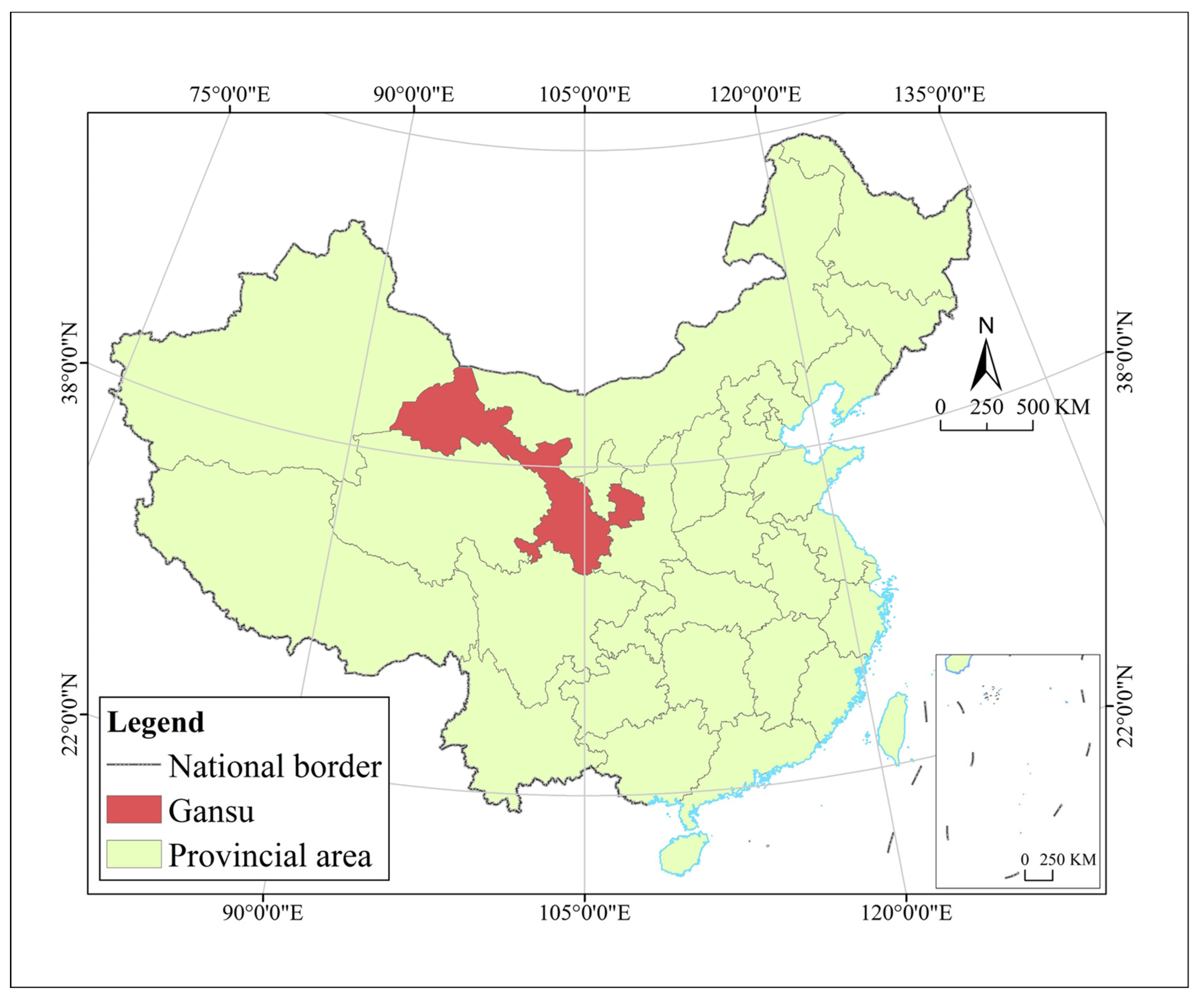
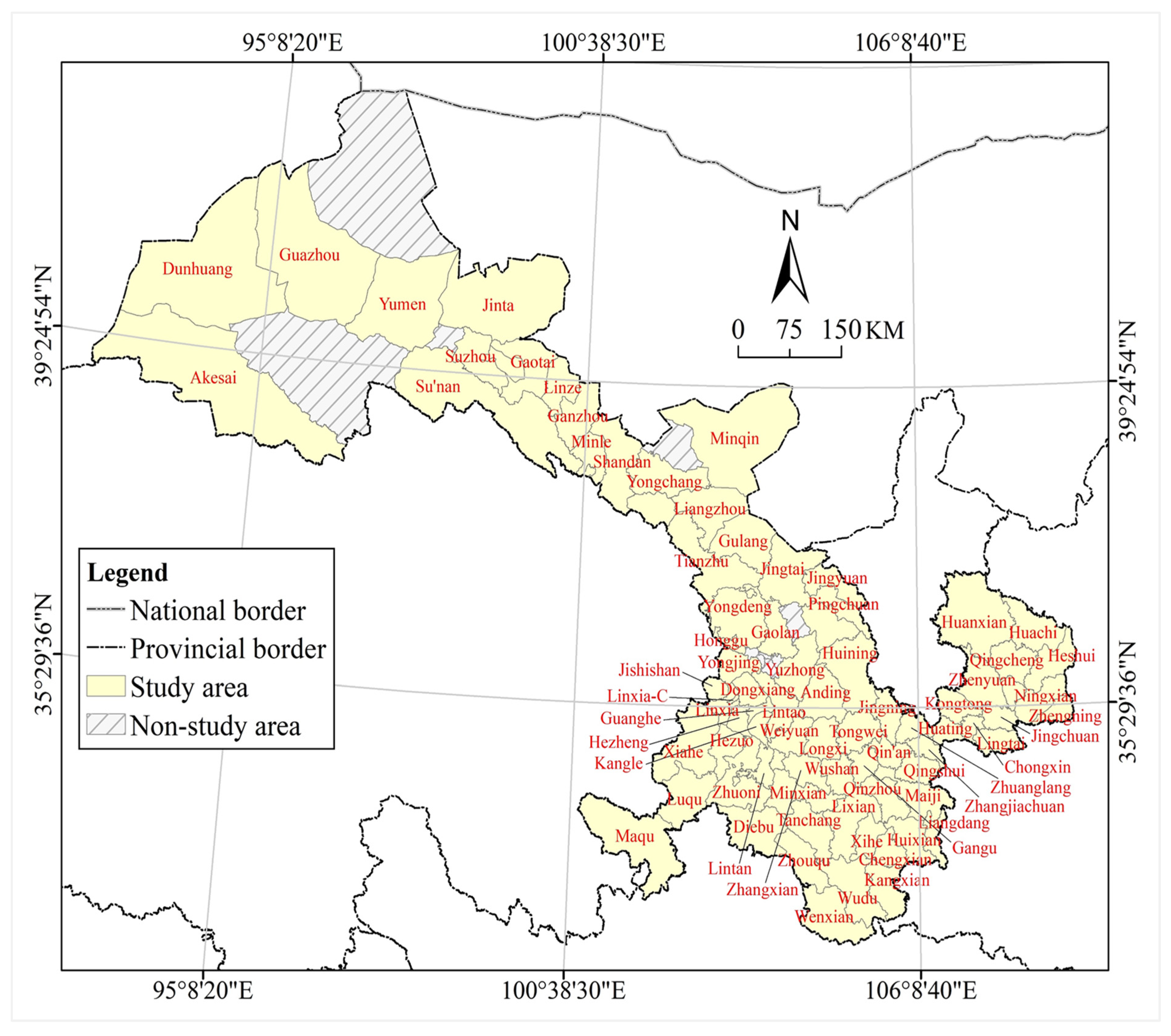
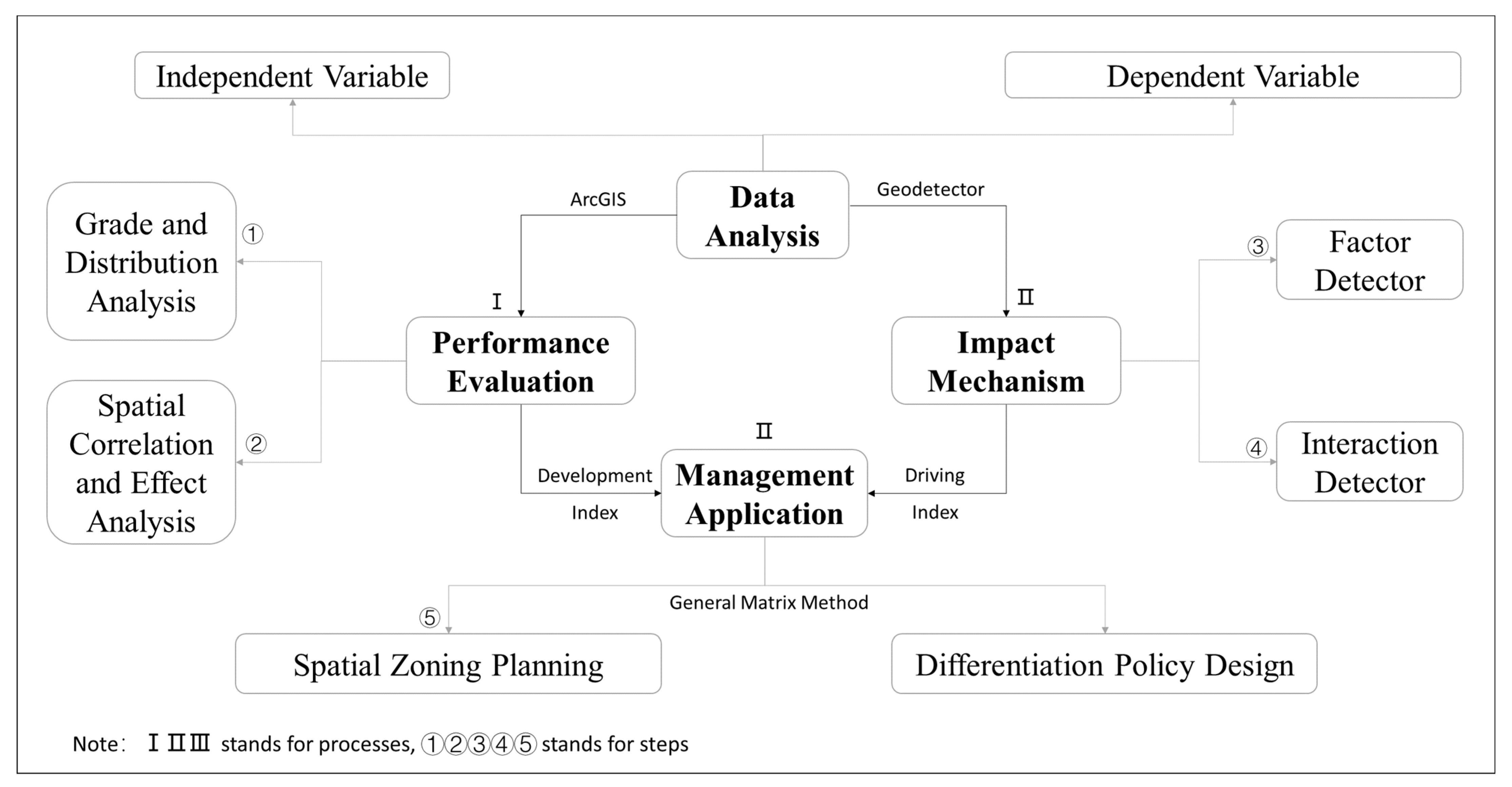

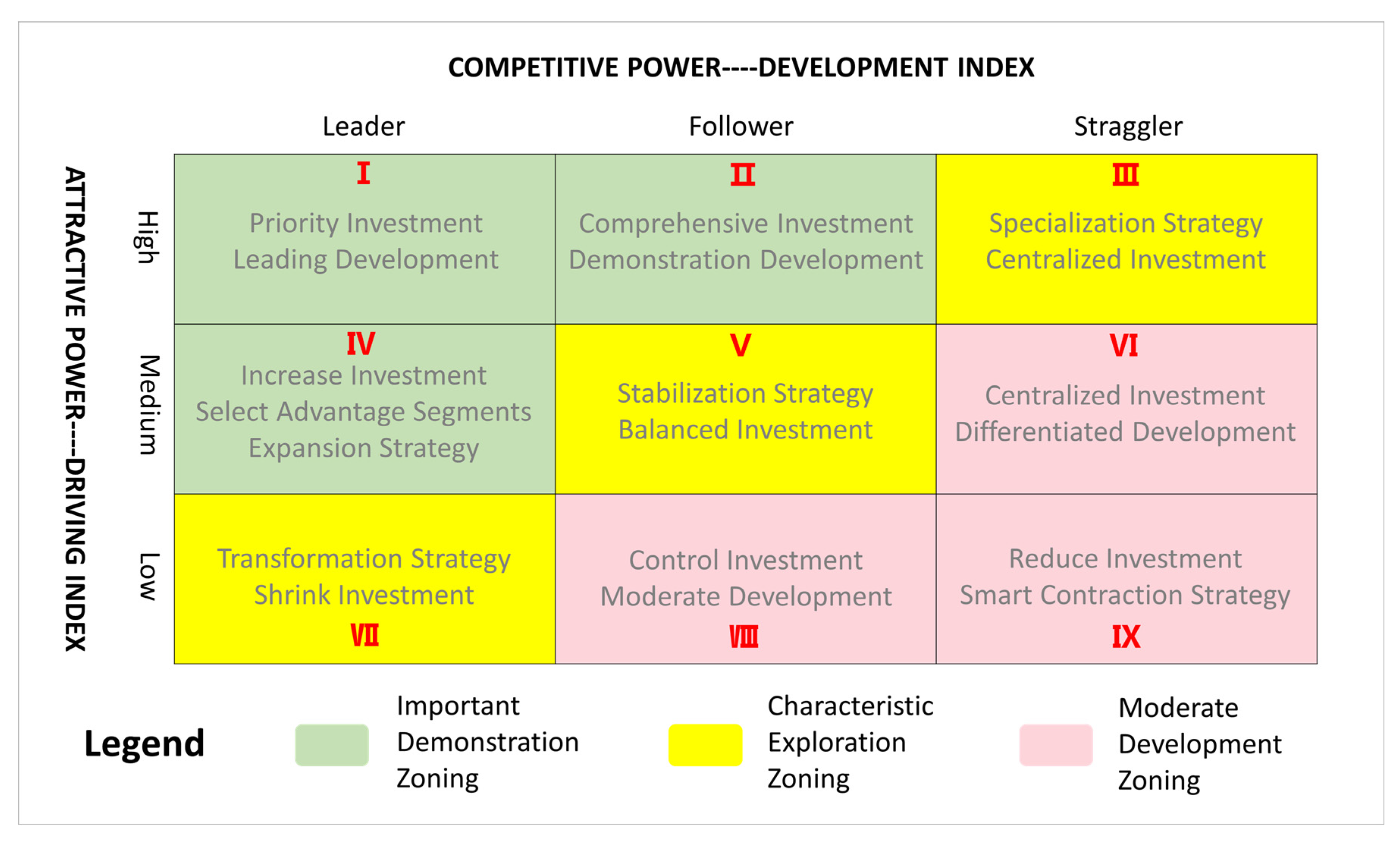
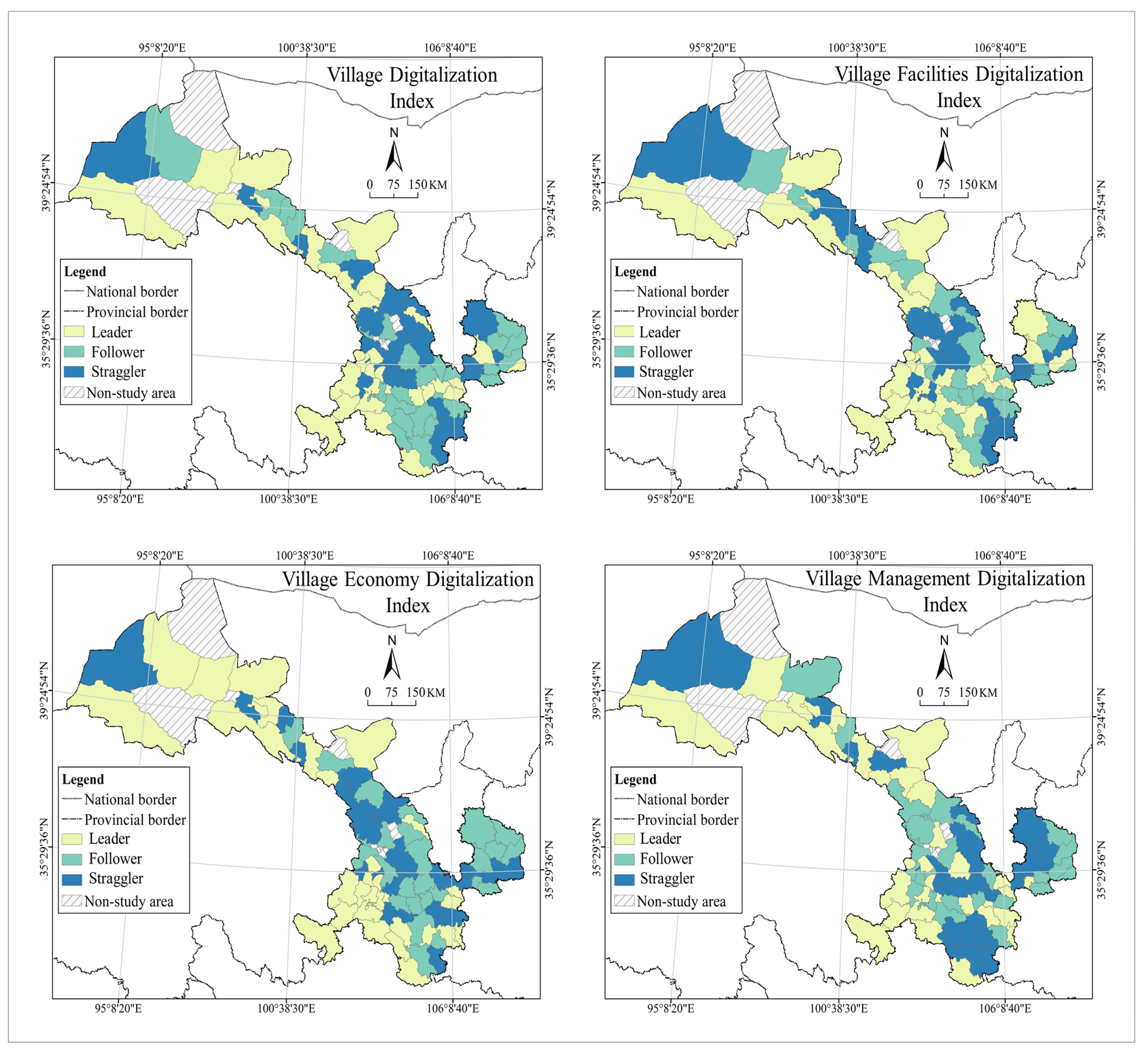

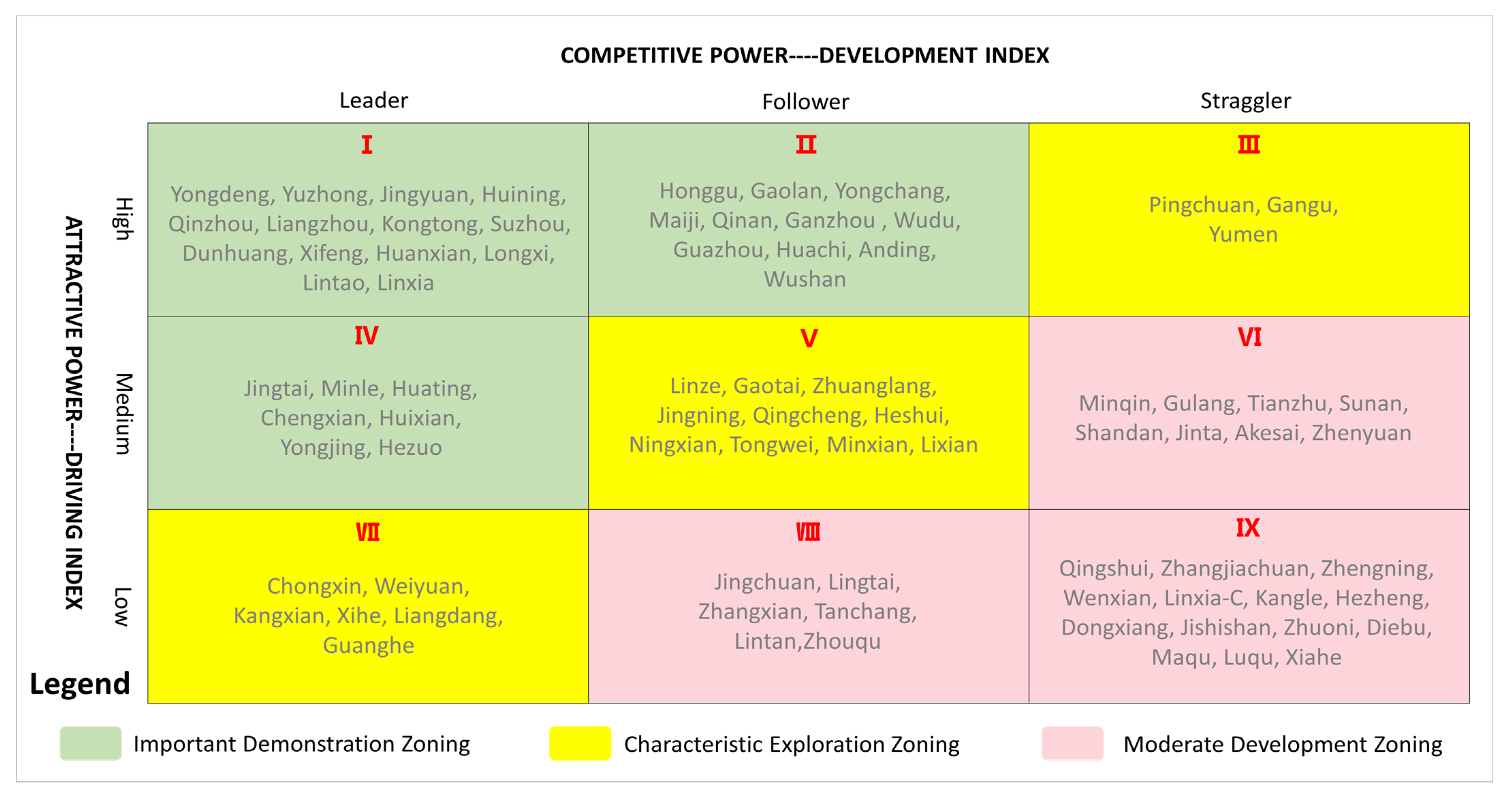
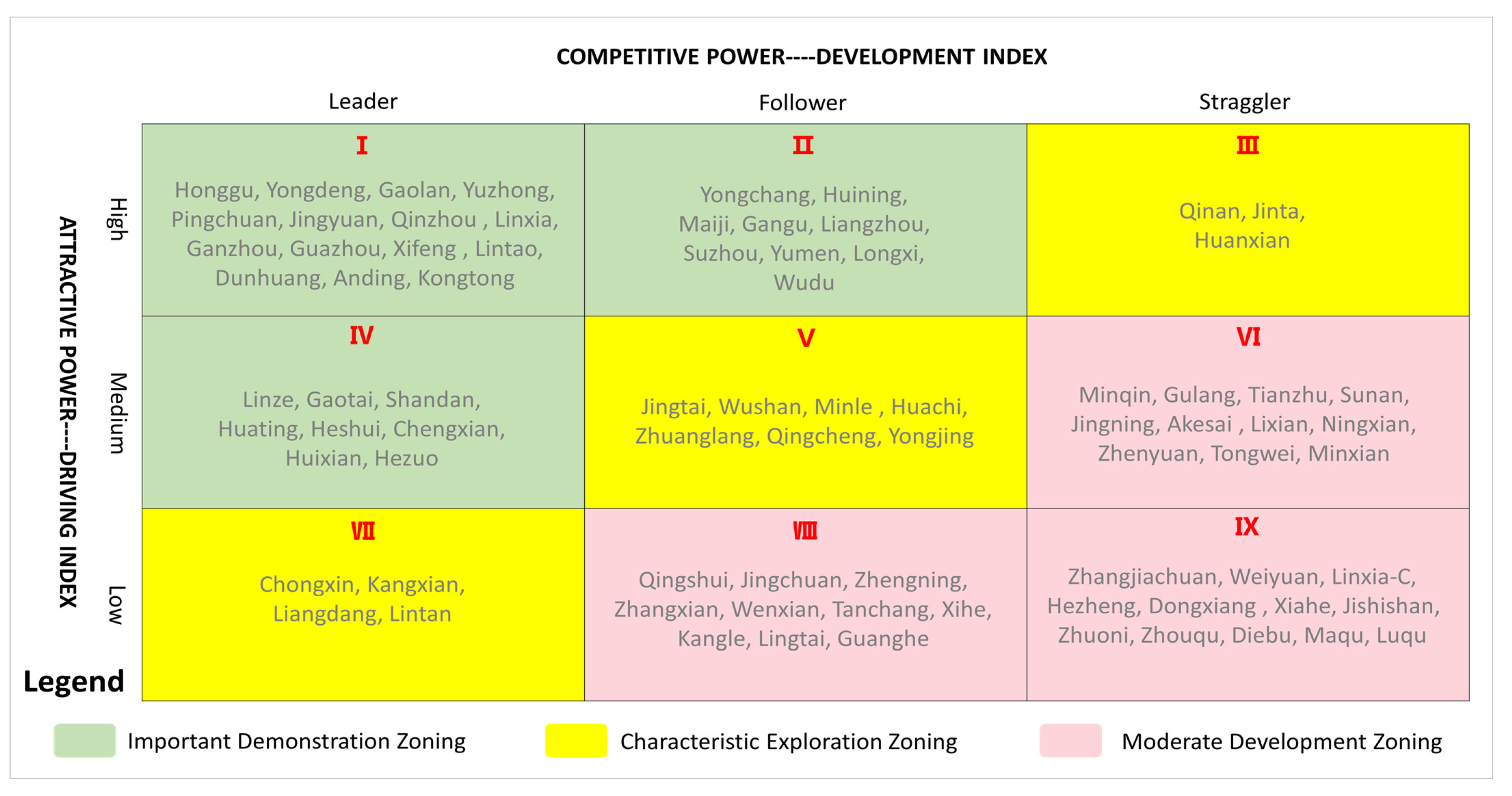
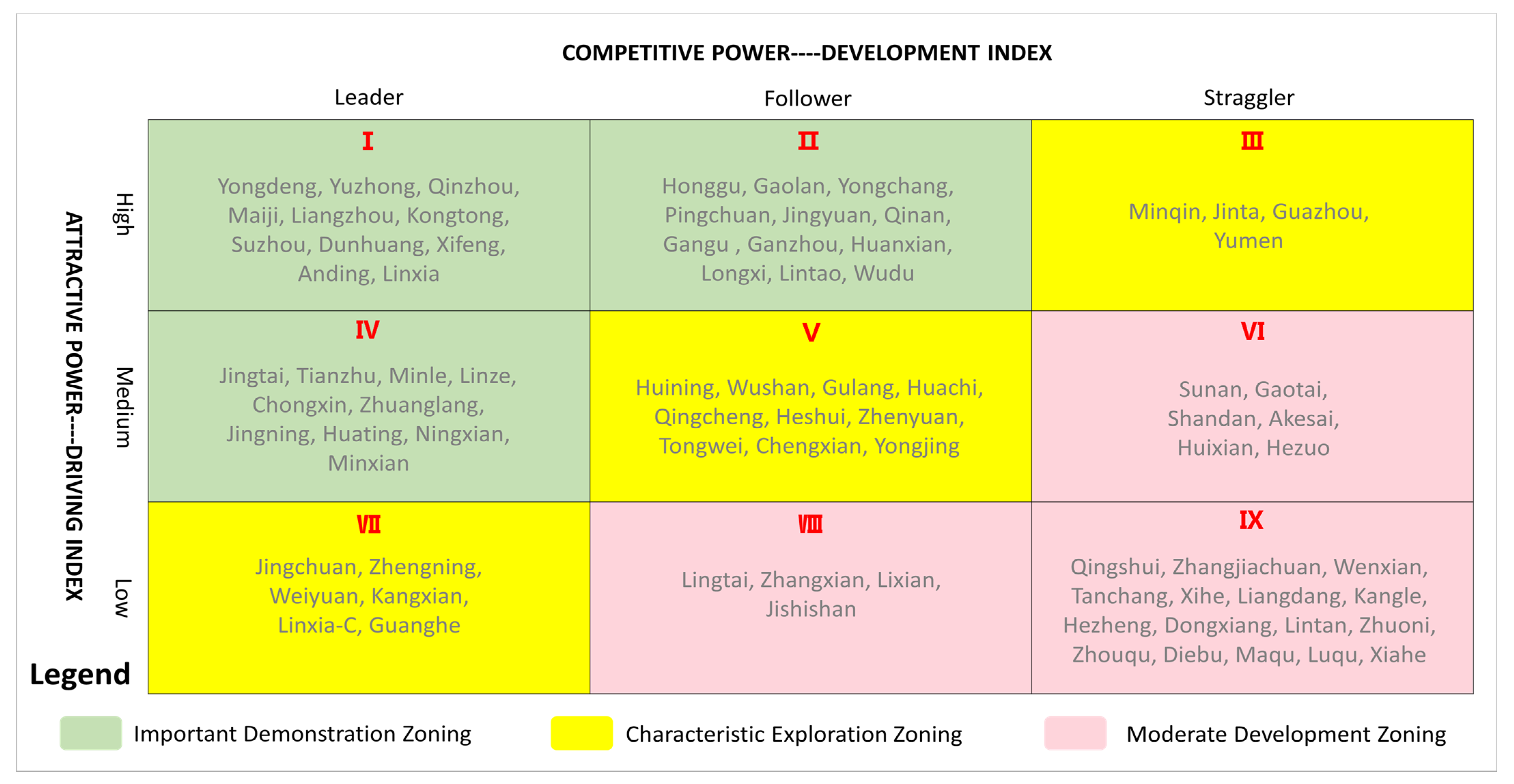
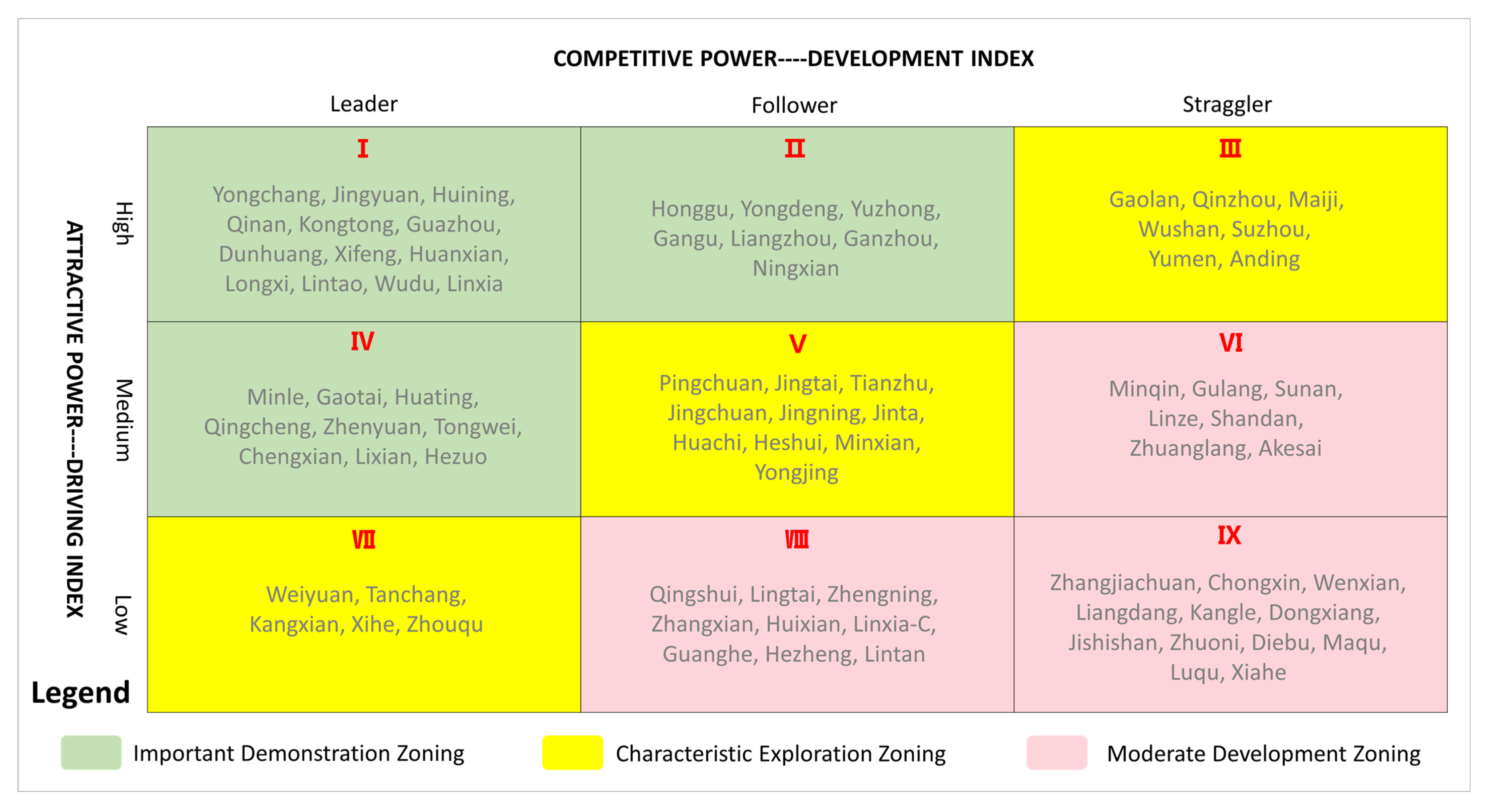
| Objectives | Methodologies | Literatures | Gaps |
|---|---|---|---|
| Concept and definition | Phenomenon observation and logical reasoning | Satola, Budziewicz-Guzlecka [15,16] | Driving mechanism and evolution law |
| Types and Development mode | Case study and qualitative analysis | Ciolac, Leong, Hu, Li, Huang, etc. [17,18,19,20,21,22,23] | |
| Digital or intelligent application modules | Ogryzek, Mounce, Dai, Francini, etc. [24,25,26,27,28,29,30,31] | Development demand and local supporting capacity | |
| Latest applications of emerging digital and intelligent technologies | Irwansyah, Kaur, Ram, Cvar, etc. [32,33,34,35,36,37,38] | ||
| Macro development strategies and policies | Policy analysis and pilot experience promotion | Stojanova, McGuire, etc. [39,40,41] | Quantitative analysis and evidence-based decision-making |
| Micro-spatial planning and design schemes analysis | Case study and qualitative analysis | Zavratnik, Wojcik, Bielska, etc. [42,43,44,45] |
| Variable | Code | Indicator | Data Source |
|---|---|---|---|
| Dependent | Village Digitalization Index | Index of Digital Rural County, 2020 | |
| Village Facilities Digitalization Index | |||
| Village Economy Digitalization Index | |||
| Village Management Digitalization Index | |||
| Independent | Rural Population | Gansu Development Yearbook, 2021 County Statistical Bulletin, 2020 Work Report of County Government, 2021 | |
| Urbanization Rate | |||
| Rural Consumption | |||
| Rural Resident Per Capita Income | |||
| Fixed Asset Investment | |||
| Gross Domestic Product (GDP) | |||
| Secondary Industry Added Value | |||
| Tertiary Industry Added Value | |||
| GDP Per Capita | |||
| Government Revenue |
| Indicator | Code | ||||||||
|---|---|---|---|---|---|---|---|---|---|
| q | p | q | p | q | p | q | p | ||
| Rural Population | 0.21 | 0.08 | 0.21 | 0.09 | 0.10 | 0.03 | 0.24 | 0.04 | |
| Urbanization Rate | 0.11 | 0.05 | 0.21 | 0.04 | 0.05 | 0.05 | 0.00 | 0.60 | |
| Rural Consumption | 0.20 | 0.03 | 0.23 | 0.05 | 0.18 | 0.04 | 0.08 | 0.02 | |
| Rural Resident Per Capita Income | 0.05 | 0.05 | 0.11 | 0.02 | 0.05 | 0.05 | 0.05 | 0.35 | |
| Fixed Asset Investment | 0.28 | 0.02 | 0.27 | 0.02 | 0.25 | 0.05 | 0.29 | 0.02 | |
| Gross Domestic Product | 0.27 | 0.03 | 0.30 | 0.02 | 0.27 | 0.01 | 0.32 | 0.01 | |
| Secondary Industry Added Value | 0.25 | 0.01 | 0.33 | 0.00 | 0.14 | 0.05 | 0.02 | 0.19 | |
| Tertiary Industry Added Value | 0.45 | 0.00 | 0.35 | 0.00 | 0.35 | 0.00 | 0.35 | 0.00 | |
| GDP Per Capita | 0.13 | 0.38 | 0.02 | 0.19 | 0.10 | 0.37 | 0.10 | 0.03 | |
| Government Revenue | 0.39 | 0.00 | 0.37 | 0.00 | 0.33 | 0.01 | 0.07 | 0.07 | |
| 0.21 | ||||||||||
| 0.50 | 0.11 | |||||||||
| 0.66 | 0.58 | 0.20 | ||||||||
| 0.41 | 0.13 | 0.27 | 0.05 | |||||||
| 0.74 | 0.58 | 0.59 | 0.41 | 0.28 | ||||||
| 0.73 | 0.49 | 0.69 | 0.38 | 0.66 | 0.27 | |||||
| 0.60 | 0.51 | 0.56 | 0.32 | 0.67 | 0.53 | 0.25 | ||||
| 0.78 | 0.55 | 0.68 | 0.60 | 0.74 | 0.60 | 0.64 | 0.45 | |||
| 0.60 | 0.44 | 0.61 | 0.29 | 0.68 | 0.82 | 0.67 | 0.78 | 0.13 | ||
| 0.80 | 0.51 | 0.66 | 0.47 | 0.69 | 0.70 | 0.68 | 0.64 | 0.68 | 0.39 |
| 0.21 | ||||||||||
| 0.68 | 0.21 | |||||||||
| 0.79 | 0.80 | 0.23 | ||||||||
| 0.46 | 0.28 | 0.54 | 0.11 | |||||||
| 0.75 | 0.75 | 0.78 | 0.56 | 0.27 | ||||||
| 0.73 | 0.73 | 0.71 | 0.55 | 0.62 | 0.30 | |||||
| 0.61 | 0.67 | 0.68 | 0.47 | 0.68 | 0.57 | 0.33 | ||||
| 0.72 | 0.71 | 0.74 | 0.59 | 0.68 | 0.55 | 0.64 | 0.35 | |||
| 0.39 | 0.34 | 0.42 | 0.13 | 0.40 | 0.40 | 0.44 | 0.50 | 0.02 | ||
| 0.77 | 0.66 | 0.70 | 0.57 | 0.68 | 0.67 | 0.63 | 0.64 | 0.50 | 0.37 |
| 0.10 | ||||||||||
| 0.25 | 0.05 | |||||||||
| 0.37 | 0.27 | 0.18 | ||||||||
| 0.22 | 0.08 | 0.24 | 0.05 | |||||||
| 0.47 | 0.29 | 0.55 | 0.30 | 0.25 | ||||||
| 0.44 | 0.31 | 0.53 | 0.35 | 0.61 | 0.27 | |||||
| 0.36 | 0.18 | 0.42 | 0.16 | 0.40 | 0.45 | 0.14 | ||||
| 0.47 | 0.40 | 0.55 | 0.46 | 0.66 | 0.50 | 0.51 | 0.35 | |||
| 0.29 | 0.23 | 0.53 | 0.23 | 0.58 | 0.60 | 0.40 | 0.65 | 0.10 | ||
| 0.48 | 0.38 | 0.53 | 0.36 | 0.63 | 0.50 | 0.55 | 0.57 | 0.62 | 0.33 |
| 0.24 | ||||||||||
| 0.40 | 0.00 | |||||||||
| 0.37 | 0.12 | 0.08 | ||||||||
| 0.50 | 0.17 | 0.18 | 0.05 | |||||||
| 0.74 | 0.32 | 0.43 | 0.54 | 0.29 | ||||||
| 0.71 | 0.40 | 0.45 | 0.53 | 0.62 | 0.32 | |||||
| 0.35 | 0.09 | 0.09 | 0.14 | 0.35 | 0.39 | 0.02 | ||||
| 0.74 | 0.40 | 0.45 | 0.52 | 0.76 | 0.59 | 0.40 | 0.35 | |||
| 0.43 | 0.16 | 0.23 | 0.23 | 0.55 | 0.51 | 0.23 | 0.50 | 0.10 | ||
| 0.40 | 0.17 | 0.14 | 0.23 | 0.44 | 0.44 | 0.10 | 0.44 | 0.27 | 0.07 |
| Indicator | Code | ||||
|---|---|---|---|---|---|
| Rural Population | 0.43 | 0.45 | 0.27 | 0.28 | |
| Urbanization Rate | 0.37 | 0.41 | 0.21 | 0.24 | |
| Rural Consumption | 0.39 | 0.45 | 0.26 | 0.20 | |
| Rural Resident Per Capita Income | 0.31 | 0.35 | 0.21 | 0.29 | |
| Fixed Asset Investment | 0.36 | 0.38 | 0.25 | 0.24 | |
| Gross Domestic Product | 0.35 | 0.31 | 0.20 | 0.19 | |
| Secondary Industry Added Value | 0.32 | 0.27 | 0.24 | 0.22 | |
| Tertiary Industry Added Value | 0.22 | 0.30 | 0.18 | 0.18 | |
| GDP Per Capita | 0.49 | 0.37 | 0.36 | 0.25 | |
| Government Revenue | 0.26 | 0.28 | 0.18 | 0.22 |
Disclaimer/Publisher’s Note: The statements, opinions and data contained in all publications are solely those of the individual author(s) and contributor(s) and not of MDPI and/or the editor(s). MDPI and/or the editor(s) disclaim responsibility for any injury to people or property resulting from any ideas, methods, instructions or products referred to in the content. |
© 2023 by the authors. Licensee MDPI, Basel, Switzerland. This article is an open access article distributed under the terms and conditions of the Creative Commons Attribution (CC BY) license (https://creativecommons.org/licenses/by/4.0/).
Share and Cite
Zhang, P.; Li, W.; Zhao, K.; Zhao, Y.; Chen, H.; Zhao, S. The Impact Factors and Management Policy of Digital Village Development: A Case Study of Gansu Province, China. Land 2023, 12, 616. https://doi.org/10.3390/land12030616
Zhang P, Li W, Zhao K, Zhao Y, Chen H, Zhao S. The Impact Factors and Management Policy of Digital Village Development: A Case Study of Gansu Province, China. Land. 2023; 12(3):616. https://doi.org/10.3390/land12030616
Chicago/Turabian StyleZhang, Ping, Weiwei Li, Kaixu Zhao, Yi Zhao, Hua Chen, and Sidong Zhao. 2023. "The Impact Factors and Management Policy of Digital Village Development: A Case Study of Gansu Province, China" Land 12, no. 3: 616. https://doi.org/10.3390/land12030616
APA StyleZhang, P., Li, W., Zhao, K., Zhao, Y., Chen, H., & Zhao, S. (2023). The Impact Factors and Management Policy of Digital Village Development: A Case Study of Gansu Province, China. Land, 12(3), 616. https://doi.org/10.3390/land12030616







